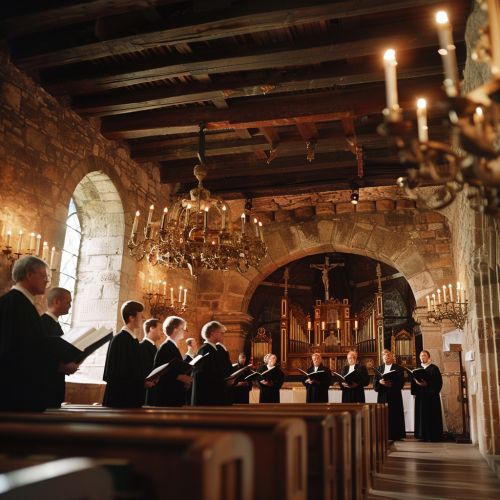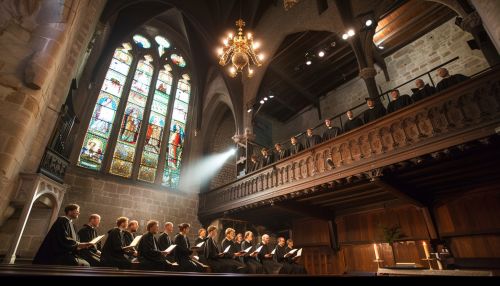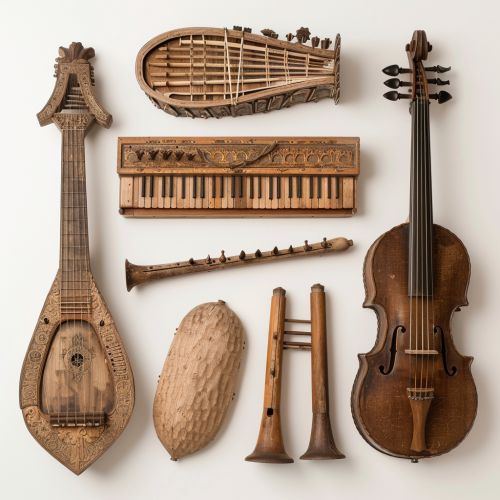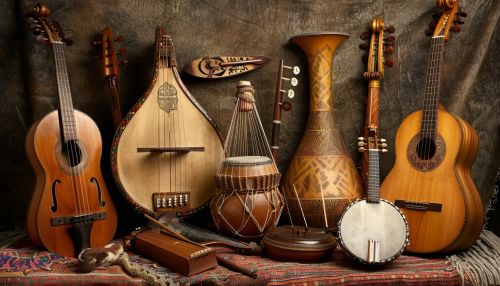Medieval music
Origins and Development
Medieval music encompasses the music of the Western Church and secular music from approximately the 6th century to the advent of the Renaissance in the late 15th century. The earliest forms of medieval music were plainchant, a form of monophonic, unaccompanied sacred song of the Roman Catholic Church. Plainchant developed during the earliest centuries of Christianity, influenced possibly by the music of the Jewish synagogue and certainly by the Greek modal system.


Notation
The development of musical notation was a significant aspect of medieval music. Prior to this, music had to be learned by rote. The earliest form of musical notation can be found in a cuneiform tablet that was created at Nippur, in Babylonia (today's Iraq), in about 2000 BC. The tablet represents fragmentary instructions for performing music, that the music was composed in harmonies of thirds, and that it was written using a diatonic scale.
Genres
Medieval music includes solely religious music (sacred) and music that is not religious (secular). The sacred music was primarily vocal and monophonic, based on modes, but instrumental accompaniment was possible. The secular music of the early period was similarly monophonic and modal. However, secular music acquired polyphony (the use of multiple, independent melodic lines) during the high medieval era, becoming more elaborate and complex in its rhythms and melodic relationships.
Instruments
There were a wide variety of instruments in use during the medieval period, many of which have evolved into contemporary instruments. These included string instruments such as the lute, the harp, and the violin family, wind instruments like the flute, the recorder, and the bagpipes, and percussion instruments such as the tabor and the nakers.


Composers and Works
Many composers from this period are unknown, but there are some who are recognized for their contributions to the development of medieval music. These include figures such as Hildegard of Bingen, Guillaume de Machaut, and John Dunstable. Their works, along with those of many other lesser-known composers, represent the richness and diversity of music during this period.
Influence on Later Music
The music of the medieval period had a significant influence on the development of Western music. The introduction of polyphony, the development of musical notation, and the use of modes all had a profound impact on the music of the Renaissance and Baroque periods. Even today, the influence of medieval music can be heard in genres such as folk and classical music.
